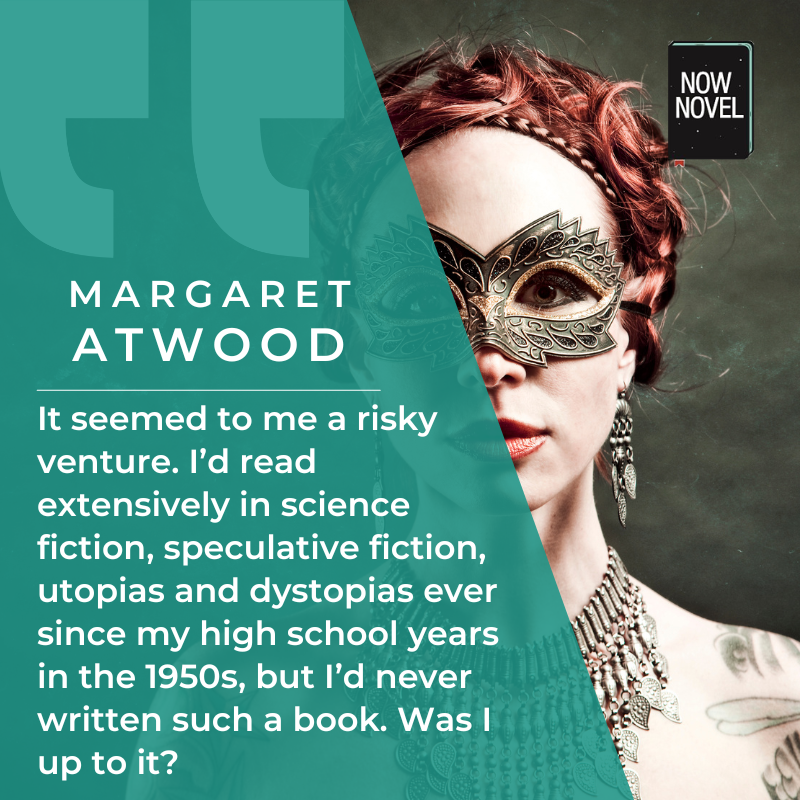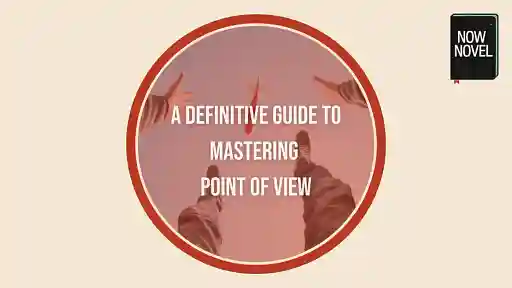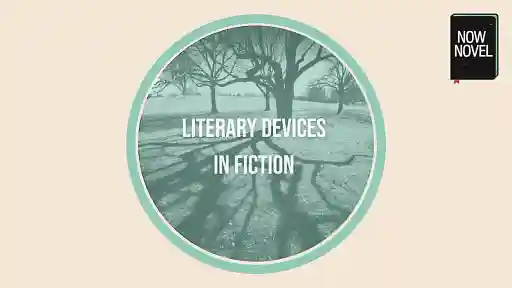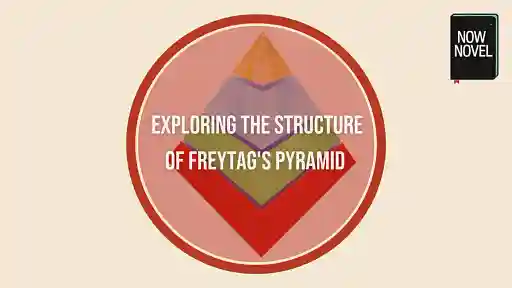‘I was told that novels shouldn’t have prologues,’ a writer said to me recently. We had been discussing her novel, and I was suggesting that she could add a prologue to it to strengthen as aspect of the story. She said that she was under the impression that a prologue would slow or delay the start of a story.
I was stopped in my tracks – I’ve read many novels with prologues. I believe it’s a matter of deciding whether to use them on a case by case basis, and that some fine novels and writers have used to them to excellent effect.
In this post we will look at prologues, as well as introductions, prefaces and forwards and how each should be used, with examples from books.
Briefly, though, here are some one-line definitions and what books they are used in:
Prologues are introductory sections that precede the main narrative of a work, setting the stage for the story that will unfold. Used in fiction and non-fiction.
An introduction is exactly that, an introduction to the main topics of a book. Mostly non-fiction.
Forewords are written by someone other than the author, such as a prominent figure in the field, a celebrity, or a respected critic. Mostly used in non-fiction.
A preface is written by the author and tells readers how and why the book was written. Non-fiction and fiction.
And lastly, all these elements appear before the start of a book.
So, let’s dive in and drill down to the nitty gritty of each of these writing tools.
Prologues
As explained above, prologues are introductory sections that precede the main narrative of a work, setting the stage for the story that will unfold. They are always written by the writer of the book. In this section writers may use exposition to show what the world they have created looks like, such as in a fantasy novel. They can also be used to show a key event, setting or situation that is significant for the remainder of the story, or establish a scenario that provides context for the events of the following story.
They also show background information, introduce key characters or themes, or establish the tone and atmosphere of the book. Prologues immerse readers directly into the world of the story, hooking them from the get-go, enhancing the telling of the story.
They are often written from a character’s point of view – although this is not set in stone. They can also be written in third point of view.
Prologues are useful in fiction as they can also create suspense and foreshadow events to come.
However, prologues are also used in narrative non-fiction, in memoirs and biographies. For example, in Australian-born writer Robyn Davidson’s memoir, Unfinished Woman, she opens the book with a prelude. A prelude is a musical term, but is really just another descriptive for a prologue.
Unfinished Woman is a memoir in which Davidson examines her childhood, one spilt into two by the suicide of her mother when she was 11 years old. It also explores various aspects of her adult experiences but is very foregrounded in a search to understand this defining moment of her childhood, and how it has affected her throughout her life.
Prologues are useful in fiction as they can also create suspense and foreshadow events to come. However, prologues are also used in narrative non-fiction, in memoirs and biographies.
The prelude or prologue begins:
When I was eleven years old, my mother gave me a pair of gold sandals. These were for ‘best’, and not at all suitable for school. …
What could it have been about that morning in particular, that gave me the courage to end my mother’s dominion over me, to dress not only in the gold sandals but in a gathered green poplin skirt with rope petticoat, rather than the pleated tartan that was customary? …
I came down the wrought-iron staircase inside our house. My mother stood below me, more a force than a person. She held my blue plastic lunchbox; I clutched my school port. We argued and it seemed this had never happened before. I knew that I would wear these clothes, these sandals. I had already won the battle inside my own will.
‘Aren’t you even going to kiss me goodbye?’ she said.
Not guilt nor love nor fear must be allowed to weaken the momentum of victory. Without turning around, I flounced through the kitchen and out the front door. ‘No, I won’t.’
When I came home that afternoon, my mother was dead.
The prelude goes on for several more pages before chapter one begins. But in this section Davidson is introducing us to the theme of the memoir, as well as some of the characters that will people it.
An example of a prologue in fiction is that of A Game of Thrones by George R.R. Martin. The prologue of the first book in the ‘A Song of Ice and Fire’ series sets the stage for the epic fantasy story to come, introducing readers to the mysterious and supernatural threat that looms over the Seven Kingdoms.
For a fascinating and detailed look at prologues, including a detailed discussion of the prologue in A Game of Thrones, have a read of our blog post.
Introductions
Introductions are often used in non-fiction books, anything from memoirs, to collections of essays, or stories, to non-fiction books on a wide variety of topics. Introductions serve to orient the reader as to the subject matter or central themes of the book. Introductions also often outline the structure of a book, summarizing key themes. Writers may also explain why they wrote the book, and what their motivations were. Introductions play a crucial role in shaping the reader's expectations and sometimes influencing their interpretation of the content.
In anthologies, editors are the ones who typically provide introductions, highlighting the different works included in the anthologies, sometimes linking to themes, and providing a background story of how a collection came to be conceived and put together.
Introductions are generally not used in fiction books – here authors would typically use a preface or prologue instead.
Here’s an example of an introduction to an anthology of short stories: The Best Short Stories 2022: The O. Henry Prize Winners edited by Valeria Luiselli:
A little over a century ago, in 1919, the first O. Henry series editor, Blanche Colton Williams, explained in an introduction much like this one that the committee of the newly created O. Henry Prize had agreed upon these two seemingly simple rules: “the story must be the work of an American author, and must first appear in 1919 in an American publication.” One hundred years later—one hundred and two, to be precise—during what seemed like an eternal second wave of the COVID pandemic, I was asked to guest-edit the following year’s iteration of the O. Henry Prizes. One fundamental thing had changed about the prize over the years: the clause “American author” had been replaced by simply “author,” and just last year the prize became open to work in translation. That alone was reason enough for me to accept.
She goes on to detail the process of reading the stories that were included in the anthology, and emphasises that many of the stories chosen were in translation (10 of the 20), for example, and elaborates further on this. She does not introduce the particular stories, looking briefly at the themes of each, as some anthology editors do.
Another example of an introduction, in fact two introductions, is found in linguist David Crystal’s The Stories of English.
In fact, the book has two introductions, because there are two stories to be told.
On p. 3 there is an outline of the history of English, as often recounted. The past century has seen dozens of books which have presented the language in such terms, describing stages in the emergence of what has come to be called ‘Standard English’ ….
Accordingly, beginning on p. 5, there is an introduction to this real story, which is what this book is largely about.

Forwards
Forwards are mostly written by someone other than the author. They are often an endorsement of the book in question, and lend credibility to work. They also aim to give an external perspective as to its themes, values and significance. They might also position the book within a wider social or intellectual context. Forwards are usually written by a prominent figure in the field, a celebrity, a respected critic, an academic or an author’s peer.
It’s considered an honour to have a foreword included in a book by a respected writer, peer and so on, and these names, if very prominent, are often used on the cover of a book, ‘Forward by Margaret Atwood’ as a kind of marketing tool. It means that those readers who like Atwood’s work and admire her writing, will then be encouraged to pick up such a book, even if the author of the work is unknown to them. A forward might also include the writer’s relationship with the author of the book.
With classical works forwards are sometimes written by academics or writers, placing the classical work in context, and/or explaining the world of the writer and the milieu they wrote in.
A forward can be written by both another author, or by the author themselves. For example, in returning to Atwood, she wrote the forward to a republished edition of her dystopian novel, The Handmaid's Tale, first published in 1985. She reflects on the political and social context in which the book was written and discusses the themes of gender, power, and control that are explored in the narrative. It begins:
In the spring of 1984 I began to write a novel that was not initially called The Handmaid’s Tale. I wrote in long hand, mostly on yellow legal notepads, then transcribed my almost illegible scrawlings using a huge German-keyboard manual typewriter that I’d rented. …
Having been born in 1939 and come to consciousness during World War II, I knew that established orders could vanish overnight. Change could also be as fast as lightning. It can’t happen here could not be depended on: anything could happen anywhere, given the circumstances.
By 1984, I’d been avoiding my novel for a year or two. It seemed to me a risky venture. I’d read extensively in science fiction, speculative fiction, utopias and dystopias ever since my high school years in the 1950s, but I’d never written such a book. Was I up to it?
Another example is that of The Lord of the Rings by J.R.R. Tolkien. In the foreword to Tolkien provides readers with background information on the creation of Middle-earth and the languages he developed for the book. He also discusses the inspiration behind the story and its connections to his scholarly work.
Prefaces
A preface is usually written by the author and is most commonly found in nonfiction books and academic writing. It’s written from the point of view of the author. They may write why they are qualified to write such a book, their biographical information, how they became interested in writing it, and what challenges they may have faced in writing it. They may also explain thematic points in their story. These could be described it a mini essay in some cases. Prefaces may also include acknowledgments to individuals who contributed to the creation of the book or express gratitude for the support received during the writing process.
Prefaces are sometimes included in updated editions of books. They may highlight changes in such a new addition or provide historical contexts to some books.
While they are mostly used in non-fiction, they can also be used in fiction books, explaining historical contexts and time periods, and to help readers navigate and interpret these books.
A famous novel that includes a preface is Frankenstein by Mary Shelley. Here Shelley reflects on the origins of the story and the circumstances that led to its creation during a summer spent in Geneva, Switzerland. She also discusses the themes of ambition, responsibility, and the dangers of unchecked scientific experimentation that are central to the novel.
The event on which this fiction is founded has been supposed, by Dr. Darwin, and some of the physiological writers of Germany, as not of impossible occurrence. I shall not be supposed as according the remotest degree of serious faith to such an imagination; yet, in assuming it as the basis of a work of fancy, I have not considered myself as merely weaving a series of supernatural terrors. The event on which the interest of the story depends is exempt from the disadvantages of a mere tale of spectres or enchantment. It was recommended by the novelty of the situations which it developes; and, however impossible as a physical fact, affords a point of view to the imagination for the delineating of human passions more comprehensive and commanding than any which the ordinary relations of existing events can yield.
I have thus endeavoured to preserve the truth of the elementary principles of human nature, while I have not scrupled to innovate upon their combinations.
Of course, a modern-day publication of the novel also includes introduction by a respected scholar which illuminates her life as well as the context of this most famous novel.
These writer’s tools are useful in addressing the potential reader, stepping out of a narrative, and in fiction in framing and foreshadowing scenes to come. They can are a vital part of the creation of a book in some instances, and are worth considering when writing a book.
Want to learn more writing and not sure where to start? Consider signing up with a Now Novel coach who will guide through the process of writing a novel, or any other kind of writing you would like to tackle. Or maybe group coaching is for you instead where you will work with a coach and a group of writers.











Did you mean to say Instruction instead of Introduction, in the paragraph about introductions? I reread it a couple of times and I believe it is a typo, but I'm curious to see if it was intentional.
Tammie Williams - 9 months ago
Whoops, no I didn't. Thanks for pointing out this typo. I've now corrected it. Much appreciated!
Arja Salafranca - 9 months ago
Was 'Forwards' meant to be 'Forewords'?
Luke - 9 months ago
Yes, definitely. Thanks for pointing this out!
Arja Salafranca - 9 months ago
Did you mean foreword?
Roz Morris - 9 months ago
Yes, definitely. Thanks for pointing out this error. I've updated. Much appreciated!
Arja Salafranca - 9 months ago
I love a great prologue that intrigues me in a fiction book and gives me a better understanding of what it's about.
Todd Hicks - 9 months ago
Thanks so much for your comment, Todd. I think prologues are really useful in fiction, to set the scene or add a foreshadowing element.
Arja Salafranca - 9 months ago